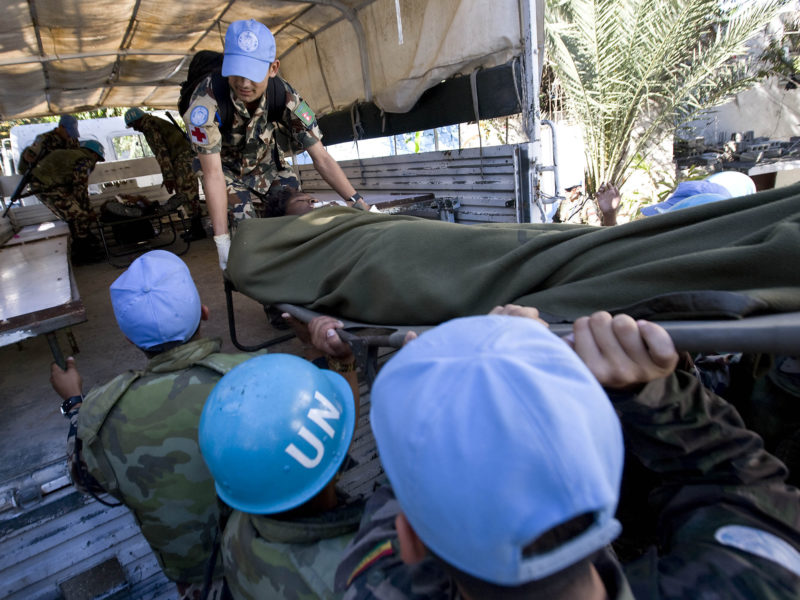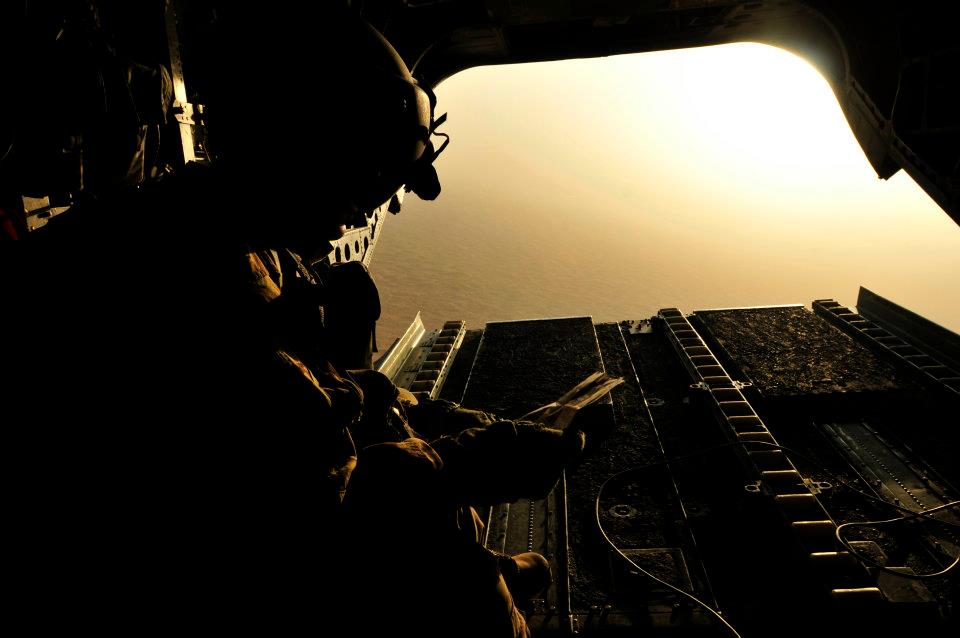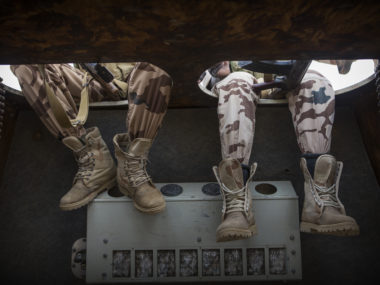Guest post by Alexandra Byrne, Zoha Siddiqui, and Kelebogile Zvobgo
Haitian officials and world leaders are calling for an armed humanitarian intervention backed by the United Nations (UN) to defeat organized crime. Gangs in Haiti have reportedly kidnapped and killed hundreds of civilians and displaced thousands. Gangs are also limiting access to fuel and blocking critical humanitarian aid to civilians. Add to this a resurgence of cholera.
The United States asked the UN Security Council in October to approve a targeted intervention, under Chapter VII of the UN Charter. US Ambassador to the United Nations Linda Thomas-Greenfield underscored “extreme violence and instability” in Haiti and proposed a mission led by a “partner country” (not the United States or UN peacekeeping forces).
There is nominal support for the mission. In the coming weeks, Canada will send naval vessels to Haiti’s coast, and Jamaica has offered some troops, but no country is taking the lead. Critics argue that past missions in Haiti did more harm than good. In 2010, UN peacekeepers even reintroduced cholera into Haiti. Nonetheless, the United States is pushing for an intervention.
What is an armed humanitarian intervention and would it be legal under international law? Here’s what you need to know.
What Is an Armed Humanitarian Intervention?
An armed humanitarian intervention is a use of force to protect, maintain, or restore peace and security in a target country and internationally. Armed humanitarian interventions differ from ordinary military operations because they aim to protect populations from severe human rights abuses.
Past armed humanitarian interventions achieved limited success in places like Somalia, where troops initially stabilized the country but failed to improve the country’s security environment long-term.
Armed interventions fundamentally clash with state sovereignty—the idea that states control activities within their territories—because they can be conducted without the target state’s consent. While sovereignty is important in international law, it can nevertheless be sidestepped to stop atrocities and restore international peace.
International Law on Armed Interventions
The prevailing law on international interventions is the UN Charter, which binds all UN member states. Chapter VII of the charter governs international interventions and comprises thirteen key articles. Article 39 establishes that the Security Council may determine when international peace and security are breached or threatened. The article also gives the council authority to take all necessary measures to restore peace.
The remaining articles elaborate on those measures. Article 41 authorizes actions “not involving the use of armed force,” such as economic sanctions, while Article 42 permits “action by air, sea, or land forces.”
So, the Security Council decides whether, how, and why state sovereignty may be infringed, including through the use of force. States may only use force without council authorization in response to an armed attack, under Article 51, but they must still notify the council.
Security Council-authorized interventions may be conducted by UN peacekeeping forces or by UN member states’ troops. (Regional armed interventions require approval under Chapter VIII, Article 53.)
The Security Council has not always authorized armed humanitarian interventions, notably failing to prevent genocide in the Balkans and Rwanda in the 1990s. To avoid repeating those failures, the UN in 2005 adopted the Responsibility to Protect (R2P) principle.
R2P delegates to all states the responsibility to protect all people from genocide, ethnic cleansing, war crimes, and crimes against humanity. Under R2P, the international community must be prepared to take collective action through the Security Council “should peaceful means be inadequate,” a line taken from Chapter VII.
R2P was invoked once in Kenya, not to justify armed intervention, but to rally international mediation. R2P was also used in Côte d’Ivoire to deploy additional UN peacekeeping forces. (These forces completed their mandate in 2017.) One of the largest military actions authorized by the Security Council under R2P was the 2011 NATO intervention in Libya, which has since been criticized for poor planning, increasing instability, and pushing regime change.
Possible Legal Armed Intervention in Haiti
If the US resolution for an armed humanitarian intervention in Haiti is approved by the Security Council, the operation would be legal and, if it focused solely on humanitarian objectives (i.e., opening aid delivery channels, providing aid, and protecting civilians), it could succeed. Still, there is the risk of failure. A more ambitious plan, seeking to change the country’s overall security environment, could also fail, as in Somalia.
But even if the intervention complied with international law and was invited by Haitian officials, critics argue it would be unethical, undermining Haitians’ sovereignty.
Other Means to Mitigate the Crisis in Haiti
If the United States fails to gain Security Council support for an armed humanitarian intervention in Haiti, there are other measures available. The United States can increase the humanitarian aid it already provides, and provide tactical equipment and armored vehicles to the government. The Biden administration could also reverse recently expanded immigration restrictions, and instead provide asylum to Haitian migrants while also supporting struggling transit countries.
For its part, the Security Council could expand the economic sanctions and arms embargoes it adopted against criminal actors in Haiti. But such measures take time to implement and might not be felt for months.
The biggest challenge to mitigating the crisis in Haiti is the gangs that are blocking the delivery of food, fuel, and medical supplies to civilians. The challenge for the United States and the broader international community is to not repeat past mistakes—either by intervening too little, too late, or too much.
Alexandra Byrne is a research fellow in the International Justice Lab at William & Mary. Zoha Siddiqui is a 1693 scholar, a research fellow in the International Justice Lab at William & Mary, and an incoming George J. Mitchell Scholar at Queen’s University Belfast. Kelebogile Zvobgo is an assistant professor of government at William & Mary, a faculty affiliate at the Global Research Institute, and founder and director of the International Justice Lab.





